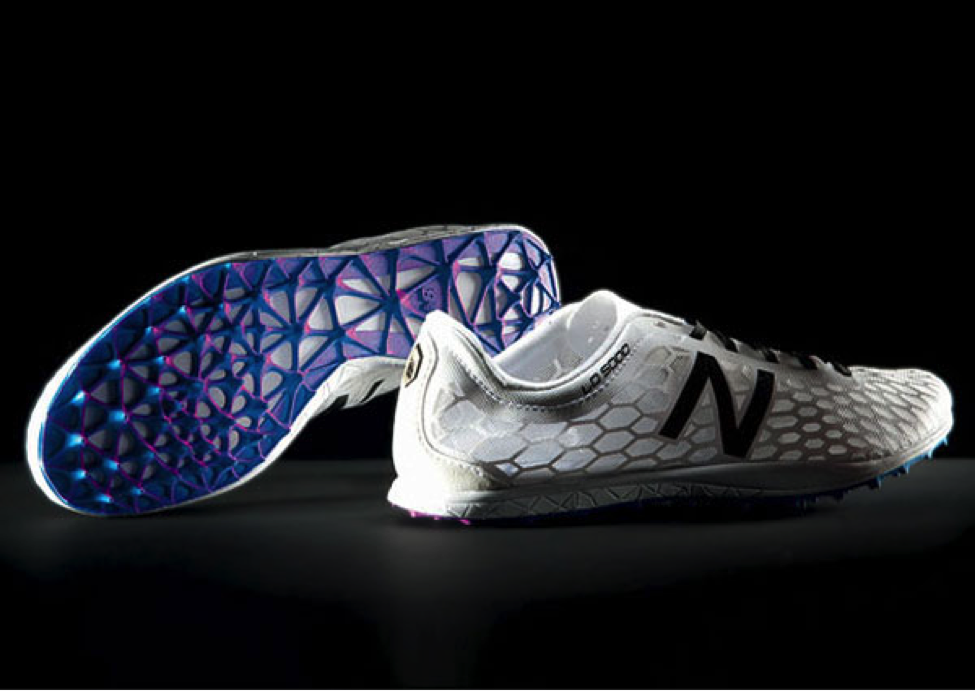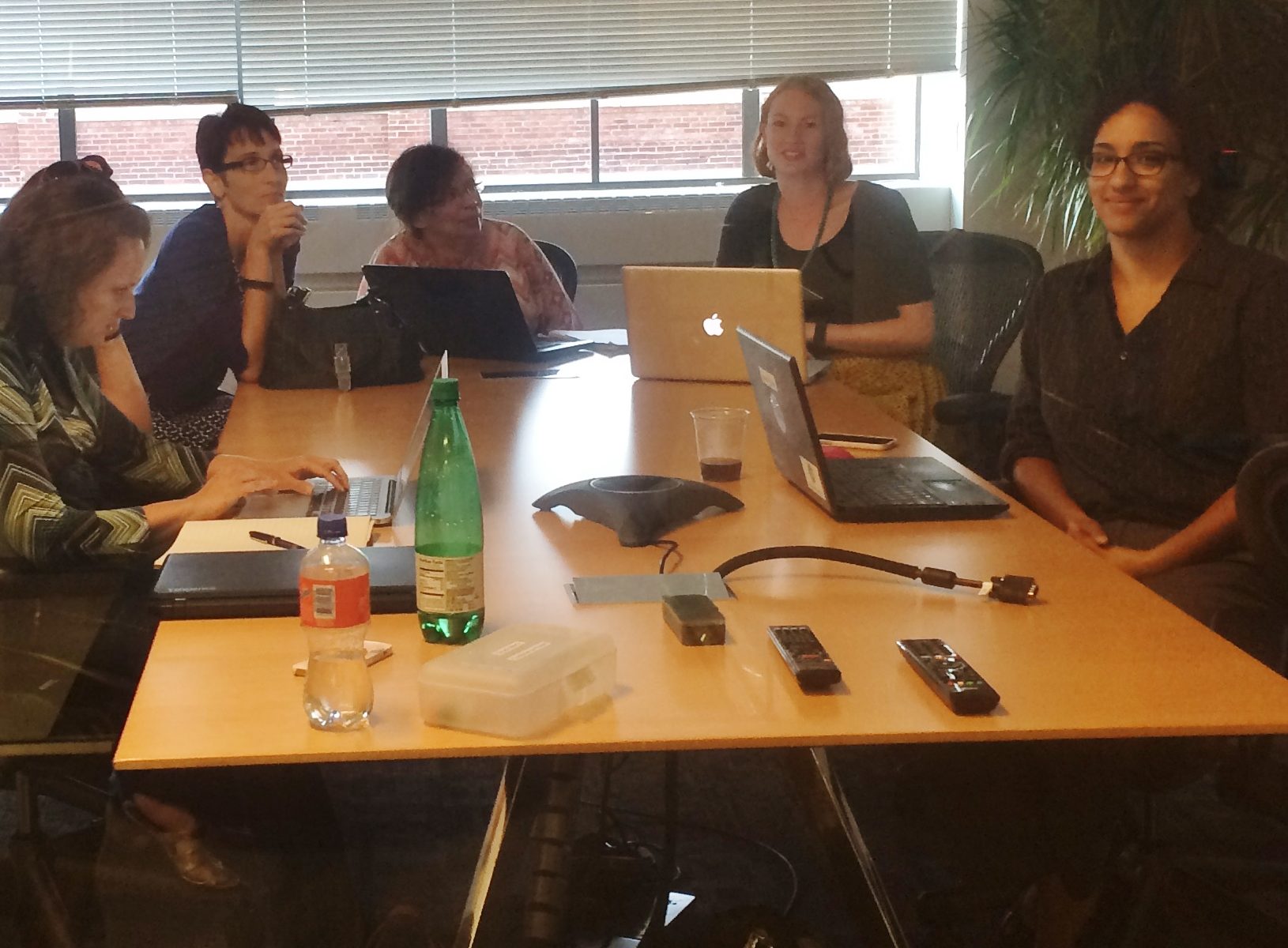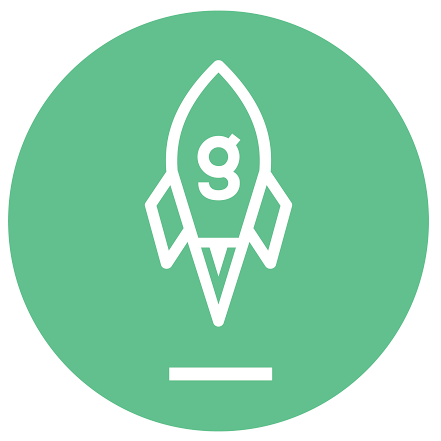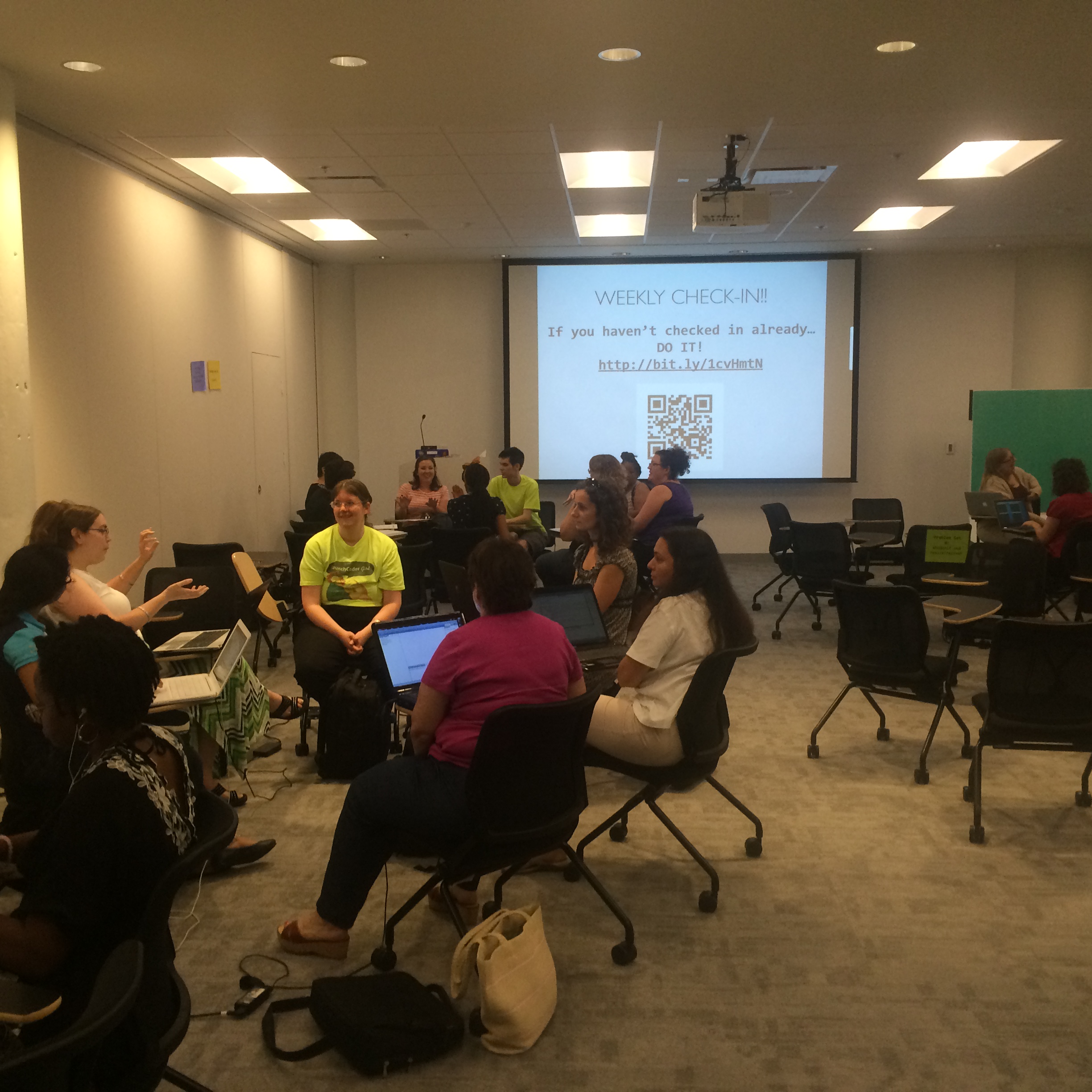By: John Schmitt
In August 2015, the FDA gave approval to Aprecia Pharmaceuticals to start distributing the first 3D printed pill. WinSun Decoration Design Engineering Company, a Chinese construction firm, used 3D printed materials to construct the walls for a five story apartment block this past Spring. Currently Local Motors Manufacturing is producing 3D printed car bodies. Drawn is
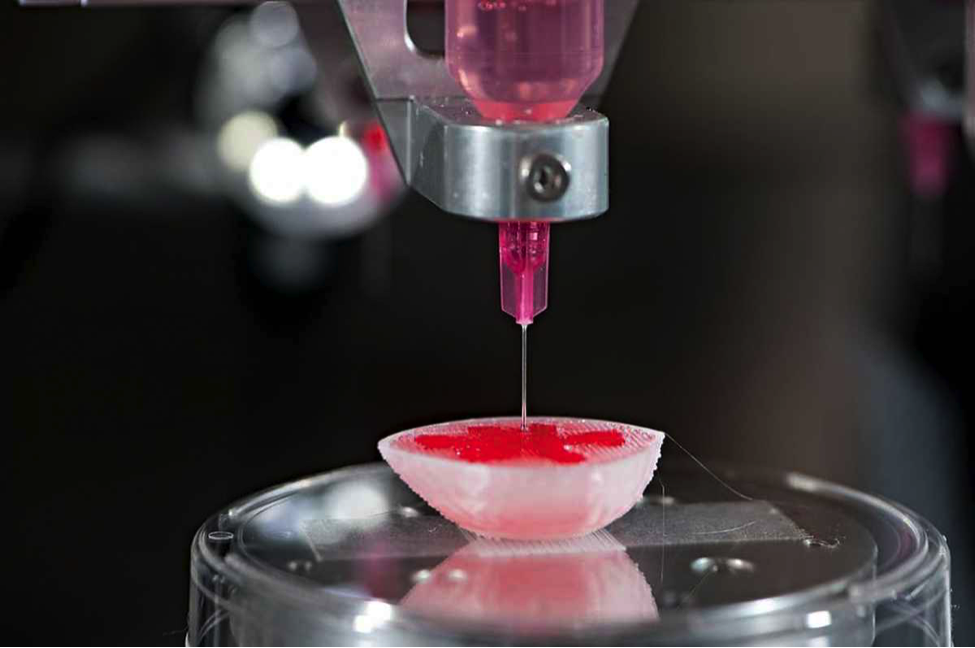 a French furniture company which only designs and sells products that are 3D printed. And if you see your dentist and need a tooth repaired, the repair material will likely be 3D printed.
a French furniture company which only designs and sells products that are 3D printed. And if you see your dentist and need a tooth repaired, the repair material will likely be 3D printed.
This article provides an introduction and overview to 3D printing, a subject that covers a broad range of technologies and equipment. “3D printing” and “Additive Manufacturing” (AM) are terms used to describe the same process that is, fundamentally, using a machine to build an object from a series of added layers. This is a distinctly new form of manufacturing since traditionally objects were created by a subtractive process. Subtractive manufacturing starts with a material that is then cut, drilled or shaped into the finished product. 3D printing adds material as needed to create the product. To accomplish this, designers and manufacturers use different types of 3D printers and various types of additive material.
[youtube https://www.youtube.com/watch?v=IS4Xw8f9LCc?list=PL1_l433M5-L1a43UuwgiqvMhftDf9eCsd]
A current list of additive manufacturing processes include:
- FDM – Fused Deposition Modeling
- EBM – Electron Beam Melting
- DLP – Digital Light Processing
- LOM – Laminate Object Manufacturing
- SLS – Selective Laser Sintering
- MJM – Multi Jet Modeling
The different types of additive process relate to the variety of materials that can be used to print. Plastic is the most common substance, but ceramic, metal, wood, concrete, food and skin cells are all being used to make 3D printed objects. Some of these printers are small enough for a desktop environment while some need the space of a large factory to operate. Price aligns with the scale and sophistication of additive manufacturing machines. Desktop printers start around $1,000, while large factory printers can cost millions of dollars. The variety of machines allows for adaptability to the needs of a work flow. A small design firm could use a mid-range priced in-house printer ($2,000-$8,000) to make an initial design and print it in plastic. After several iterations when the final design is ready, the files can be uploaded to a service bureau with more expensive machines to complete the finished design in whatever material is needed.
3D printing is an exciting and rapidly developing field with a wide impact on design, manufacturing and marketing. One of the main advantages is that it allows the designer to go from concept to actualization quicker and more directly. For example, Nike has greatly shortened the time from the concept stage for a new shoe design. To quote a Nike designer, “A new shoe design has been reduced from years to hours”. It’s not just the speed of the 3D printer that allows this, but that there are less steps between the idea and the m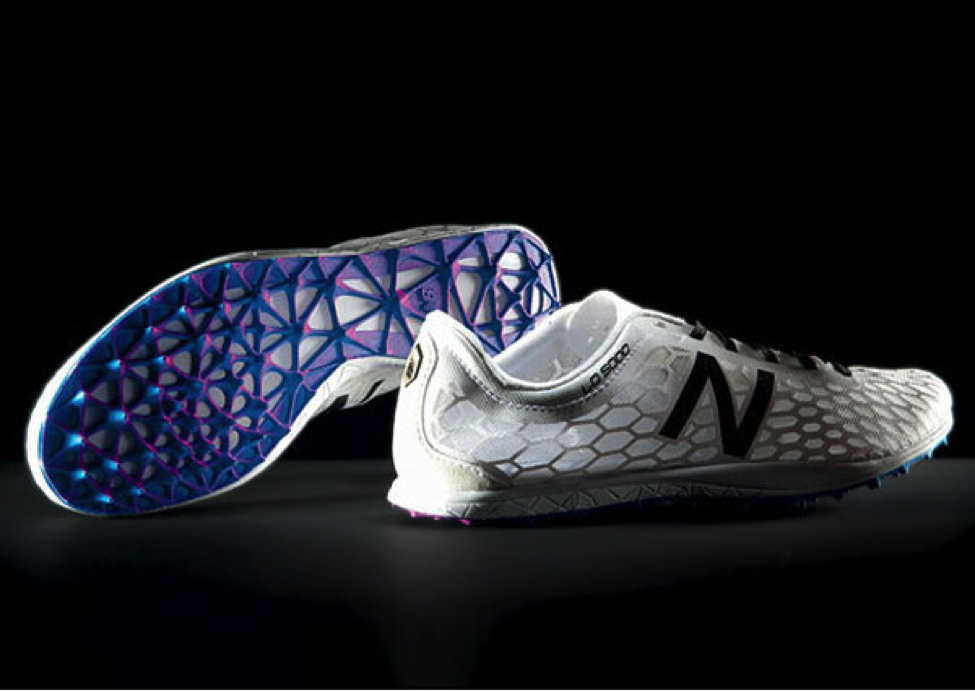 anufacturing process. The impact of faster product design and finished manufacturing results in a more responsive marketing environment. In addition to images shown to focus groups, hand-held, fully functioning 3D printed prototypes can be utilized. Also, the same 3D designs that are used for printing can be used in commercials and in web and mobile sites for review and modification.
anufacturing process. The impact of faster product design and finished manufacturing results in a more responsive marketing environment. In addition to images shown to focus groups, hand-held, fully functioning 3D printed prototypes can be utilized. Also, the same 3D designs that are used for printing can be used in commercials and in web and mobile sites for review and modification.
A good analogy of the impact that 3D printing will have on product marketing and sales is what happened with the music industry and the introduction of digital file formats. Instead of sharing digital music, people will be able to share object files; files that can be modified to an individual’s desire. Companies will have the advantage with specific customization of products tailored to an event or promotion. A dynamic between the consumer and company can be established. Say you’re looking for a new watch to purchase. You bring up a company’s mobile app, browse their basic selections and pick one to start. At this point, using a 3D design interface, you modify the design to your specific needs. That file you create is used in a 3D printer to produce the new watch. The watch company could then share your design with others and promote it on social networking sites.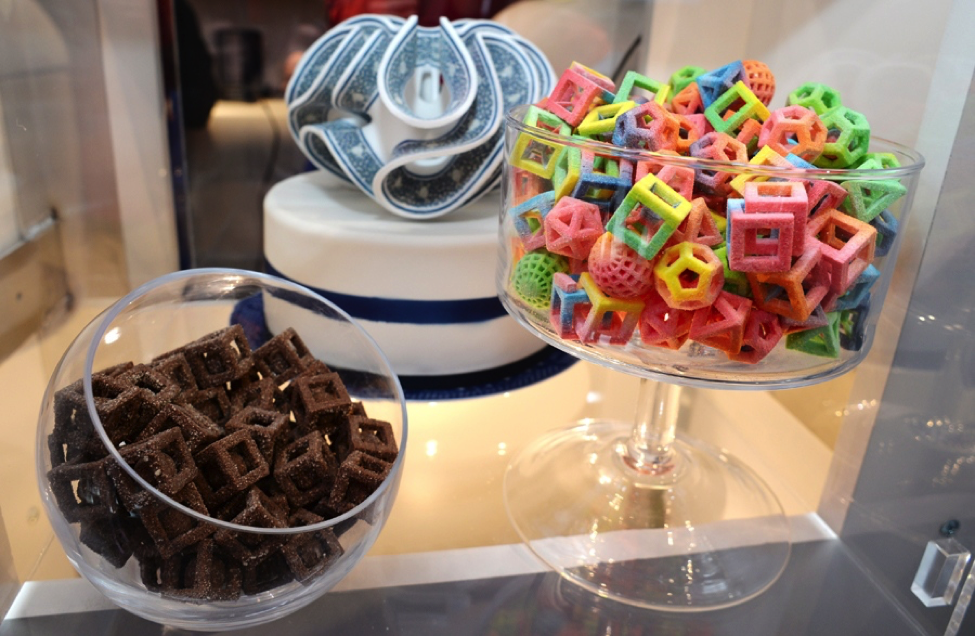
The buzz about 3D printing is not unwarranted. It is customization at lower cost. Distance between design and production is shortened. Leveraging open source software and social networking to build an engaged community. An almost unlimited choice of printable materials. This impact will effect both large and small producers. One hope is that production of parts will become more localized. I cannot imagine any industry that will not be affected by additive manufacturing.
For more information:
https://en.wikipedia.org/wiki/3D_printing
https://cults3d.com/
http://news.thomasnet.com/imt/2012/08/29/additive-manufacturing-puts-its-clean-tech-face-forward-in-federally-funded-development-program
